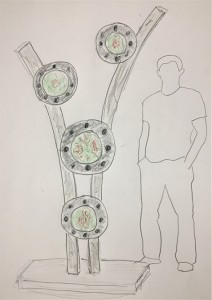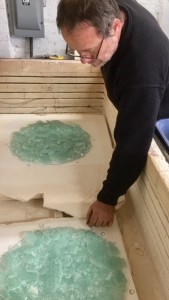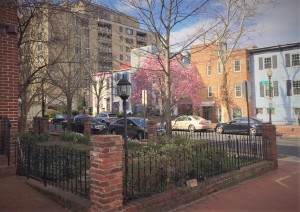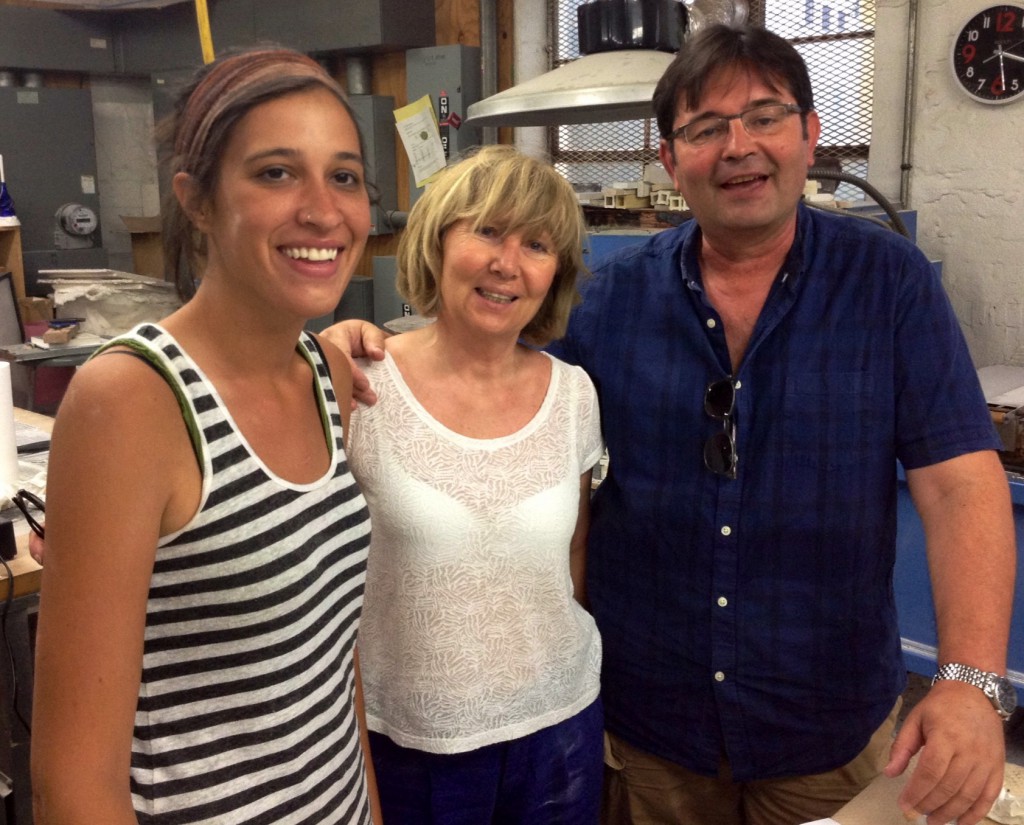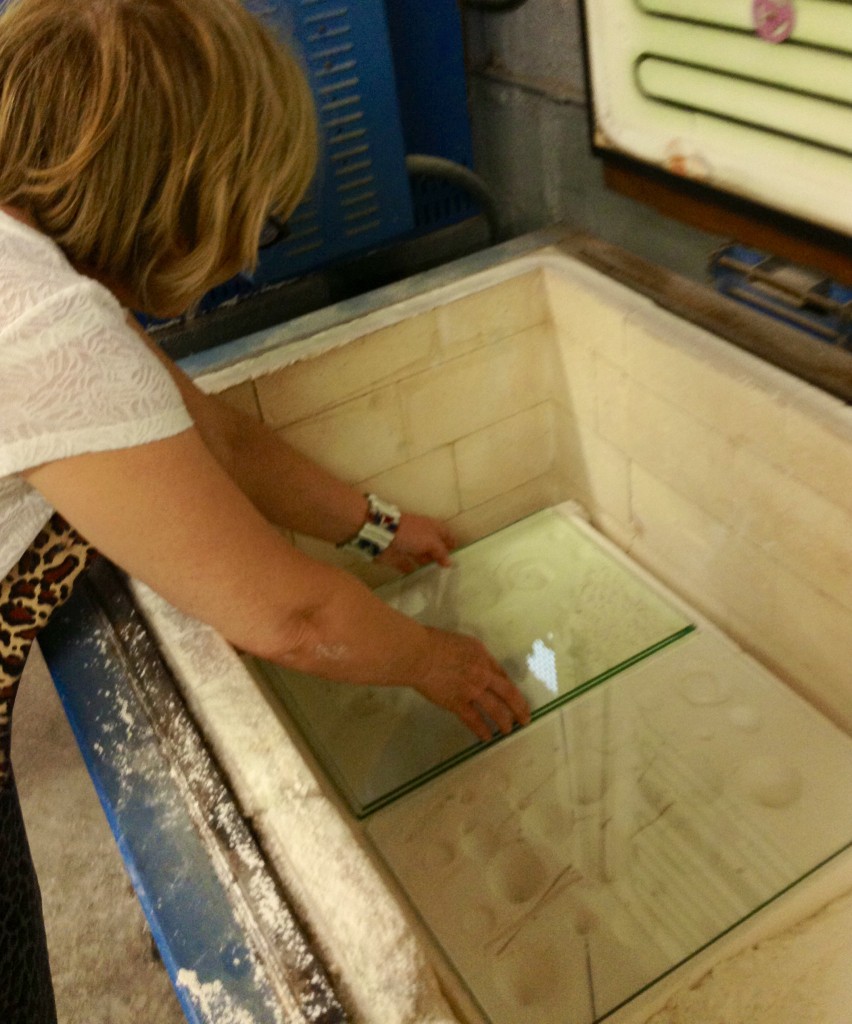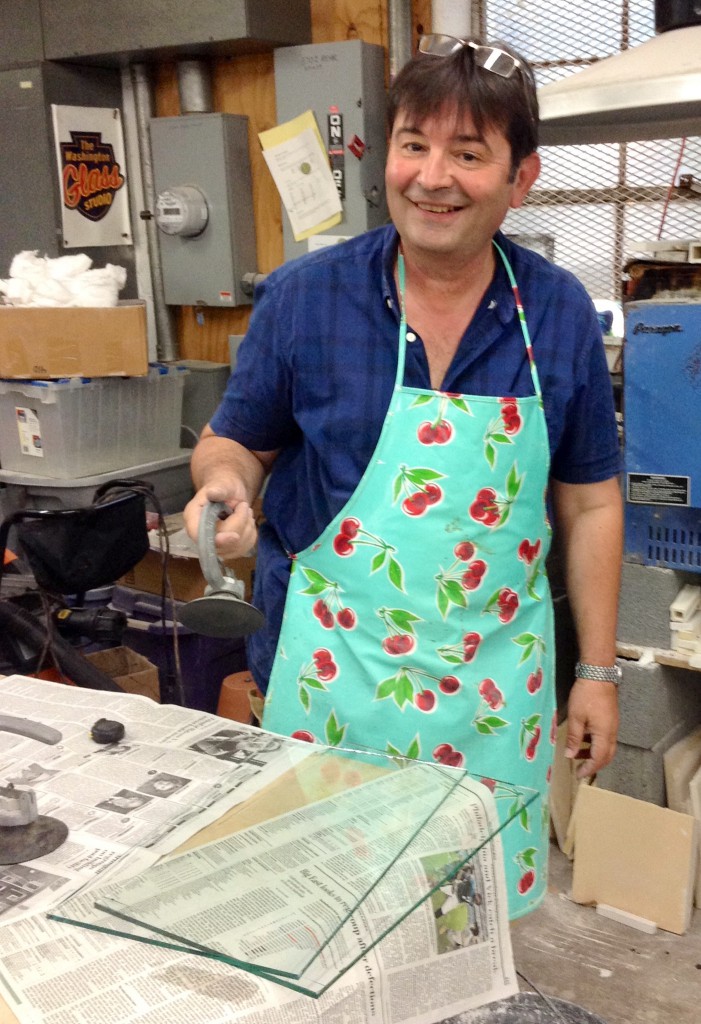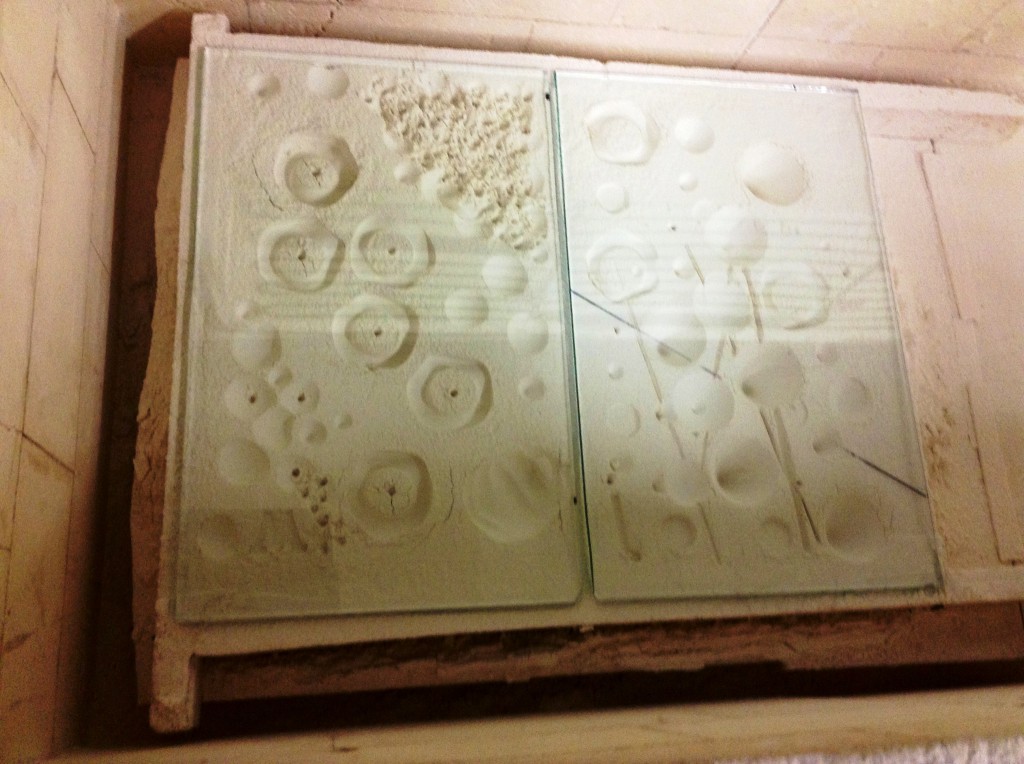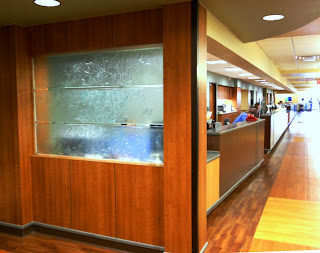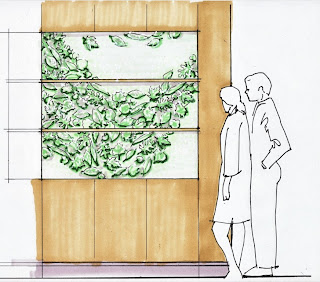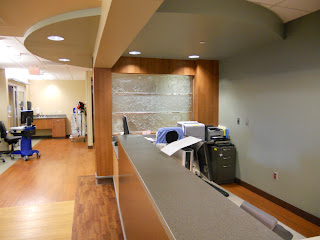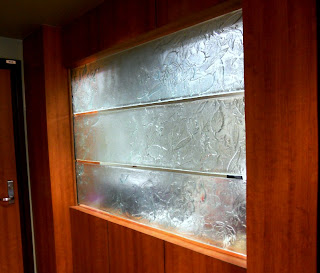Maryland Institute College of Art (MICA) and the Curatorial Practice MFA (CP) Practicum class present “Just a Drop,” an exhibition on view in MICA’s Meyerhoff Gallery from February 10th to March 3rd, 2023. Through a wide range of objects and materials — including sculptures, illustrations, protest banners, textiles, glass art, videos, and a large-scale newly-commissioned mural — the 13 artists highlighted in this show reveal how water sustains life and shapes human destinies. Inspired by the September 2022 boil water advisory in West Baltimore, the five MICA students that organized “Just a Drop” dove deep into the history of the planet’s most precious resource. For this exhibition, a diverse group of artists, activists, and storytellers were brought together to describe people’s relationships to water via culture, ritual, and conservation. With personal, collective, and mythical imagery and stories, the featured artists invite viewers to reconsider the element that makes up 60% of their bodies and covers more than 70% of the planet’s surface.
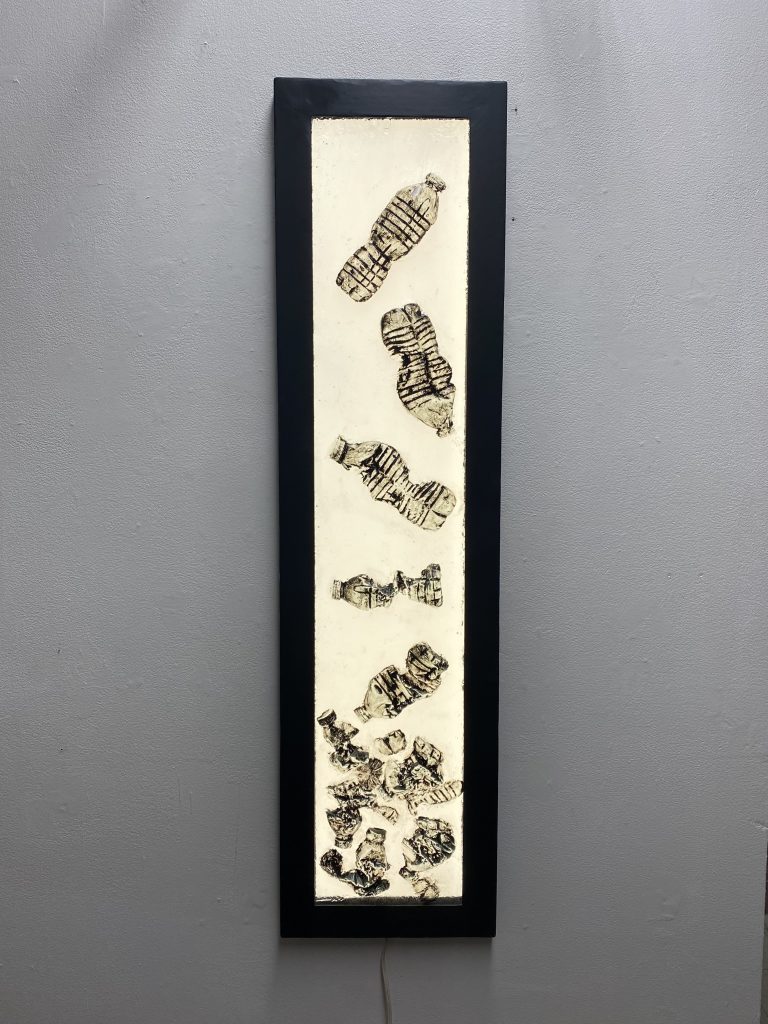
Erwin Timmers is one of the artists in the exhibition, and his work – “Watered Down” is a wall mounted sculpture made of cast float glass. The artwork references the ubiquitous trash that fills the oceans – the disposed water bottle.
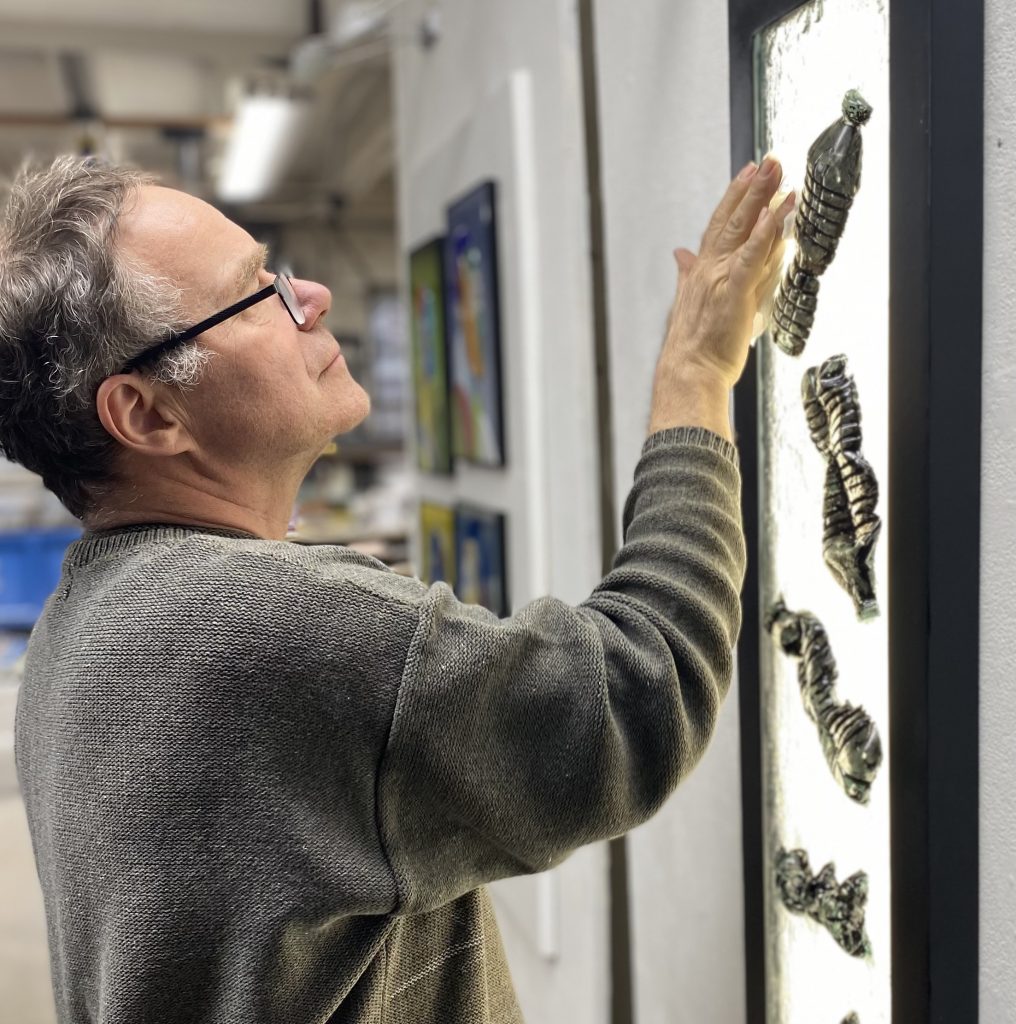
“Just a Drop” opens at 5:00PM on Friday, February 10th with a public reception featuring a live storytelling performance by Griot Grandmother Edna.
Location
Meyerhoff Gallery
1303 W Mount Royal Ave.
Baltimore, MD 21217
